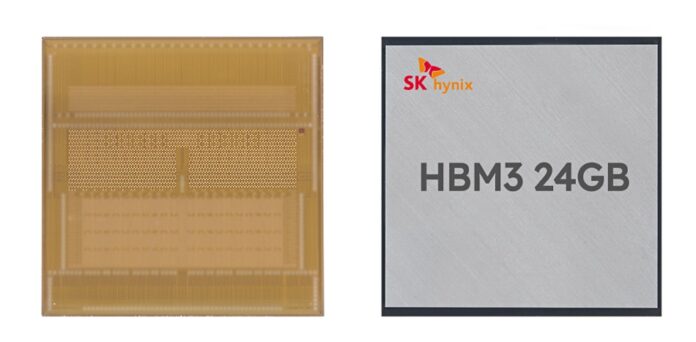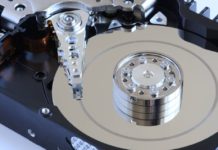HBM (high-bandwidth memory) chip prices are set to increase by between five and ten percent in 2025, when they are expected to account for over 30 percent of the total worldwide DRAM market, according to analysts.
TrendForce says the HBM market is poised for “robust growth,” driven by significant pricing premiums and increased capacity needs for AI chips.
HBM is a set of memory dies bonded to an interposer device that enables faster connections to GPUs and greater capacities than those provided by the x86 socket-connected DIMM approach.
Last month, DRAM and NAND manufacturer SK hynix reported first quarter revenues up by 144 percent, helped by demand for HBM chips rocketing.

As TrendForce points out, HBM unit sales prices are several times higher than those of conventional DRAM and about five times those of DDR5. This pricing, combined with product iterations in AI chip technology that increase single-device HBM capacity, are expected to “dramatically raise” HBM’s share in both the capacity and value of the DRAM market from 2023 to 2025, said the analyst.
“HBM’s share of total DRAM bit capacity is estimated to rise from 2 percent in 2023 to 5 percent in 2024, and surpass 10 percent by 2025,” said Avril Wu, TrendForce senior research vice president. In terms of market value, she said HBM is projected to account for more than 20 percent of the total DRAM market value in 2024, and “potentially exceeding” 30 percent by 2025.
Wu added that negotiations for 2025 HBM pricing have “already commenced” in 2Q24. However, due to the limited overall capacity of DRAM, suppliers have preliminarily increased prices to manage capacity constraints, affecting HBM2e, HBM3, and HBM3e chips.
This early negotiation phase is attributed to three main factors. Firstly, HBM buyers maintain high confidence in AI demand prospects and are willing to accept continued price increases. Secondly, the yield rates for HBM3e’s TSV (Through Silicon Via) currently range from only 40 to 60 percent, with room for improvement. While not all major suppliers have passed customer qualifications for HBM3e, buyers are willing to accept higher prices to secure stable and quality supplies.
Thirdly, future per GB pricing may vary depending on DRAM suppliers’ reliability and supply capabilities, which could create disparities in the average selling price and, consequently, impact profitability.
Looking ahead to 2025, from the perspective of major AI solution providers, there will be a significant shift in HBM specification requirements toward HBM3e, said TrendForce, with an increase in 12Hi (12-layer) stack products anticipated. This shift is expected to drive up the capacity per HBM chip.








